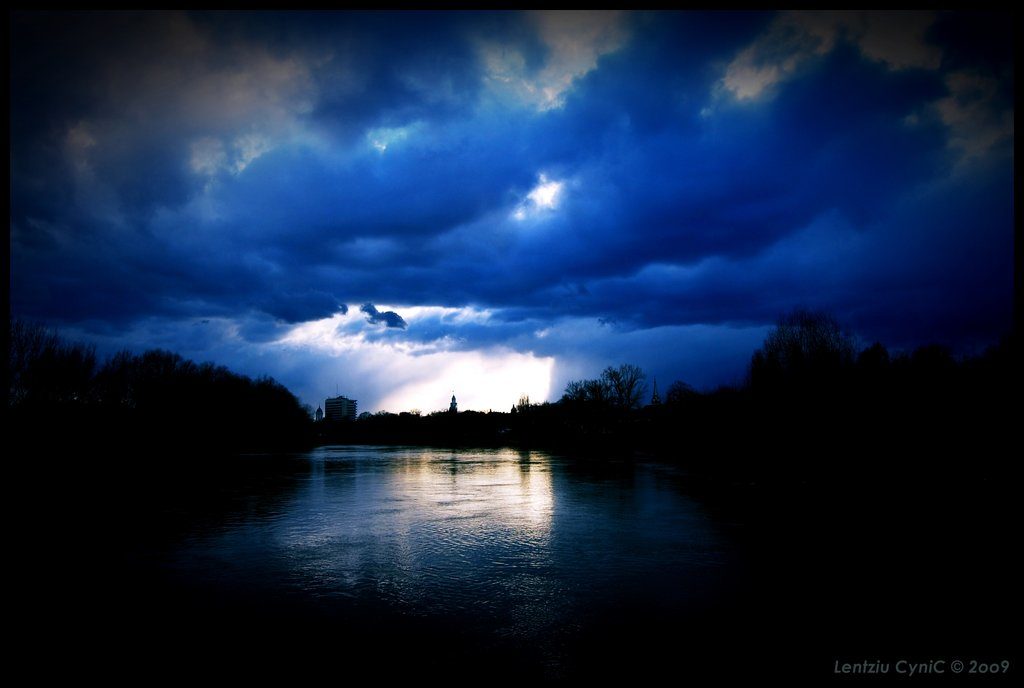As much as it sucks, it’s a feeling we all experience, once in a while. For whatever reason, we all have felt sad or in other words, we’ve all been ‘blue’. While it is common knowledge that it means feeling sad, sorrowed, depressed and a whole bunch of other gut-wrenching emotions, we’ve never questioned the association.
Why would we use a color to describe our feelings? So what is it with the color blue? Why is it associated with feeling sad?

As I set out looking for the origin, I thought a quick Google search would do it. Well, that’s the thing about the internet. It is a bank of information. And that bank sometimes has several different accounts.
While some claim the explanation lies in Greek mythology, there are sources that say it has a nautical origin. Some attribute it to poets of the 14th Century, while there are some who credit its origin as recent as 2003. So let’s have a look at all possibilities.
In Greek mythology, blue is associated with rain.

As far as Zeus was concerned, whenever he was angry he would create a storm, but whenever he was sad or crying, he would make it rain. Thus, the connection between the color and the feeling.
Let’s move on to the 14th Century. In 1385, Geoffrey Chaucer used ‘blewe’ in his poem “The Complaint of Mars”. He writes:
“Wyth teres blewe and with a wounded herte.”
Which basically translates to: “With tears blue and with a wounded heart”
The explanation here is simple. Blue is associated to tears and hence, sadness.
A Classical Dictionary of the Vulgar Tongue (1785) states Blue to mean – to look blue; to be confounded, terrified, or disappointed. More importantly, it states that Blue Devils means low spirits. Again establishing that blue is related to being low.

Similarly, according to the Dictionary of Americanisms (1848), Blue means – Gloomy, severe; extreme, ultra. And Blue Devils here too has been stated to mean low spirits.
According to the Oxford Dictionary, the word could be a derivation from the word ‘blow’. A blow to your body would generally turn you blue. So will extreme cold or lack of oxygen. None of these situations seem pleasant. In fact, all of them have a very melancholic connotation. Hence, connecting blue to the feeling yet again.
The Navy too has a link to ‘feeling blue’. It refers to a custom that many old deepwater sailing ships follow. Which is – If the ship lost the captain or any of the officers during its voyage, she would fly blue flags and have a blue band painted along her entire hull when returning to home port.

An extensive research paper by Gill Philip states how the hue itself is a major reason of associating the color with the emotion – The proximity of dark blue to black on the color scale, and its historical grouping with dark colors, may have contributed to the blue’s links to depression and to fear.

Sciencedaily has a different theory altogether, based on recent scientific research. The research says – The associations we make between emotion and color go beyond mere metaphor. The results of two studies indicate that feeling sadness may actually change how we perceive color.
It’s just unbelievable that a phrase can have so many possible origins. This is an intriguing as it gets. Blew you away, didn’t it?






